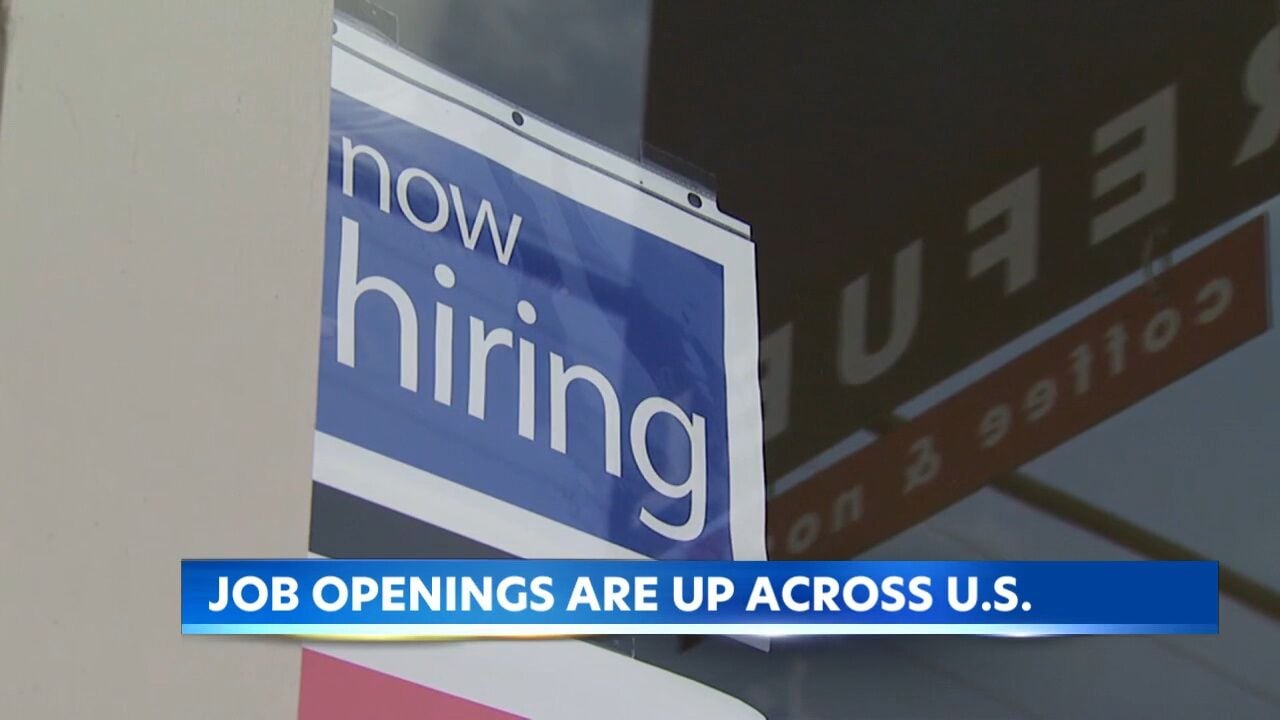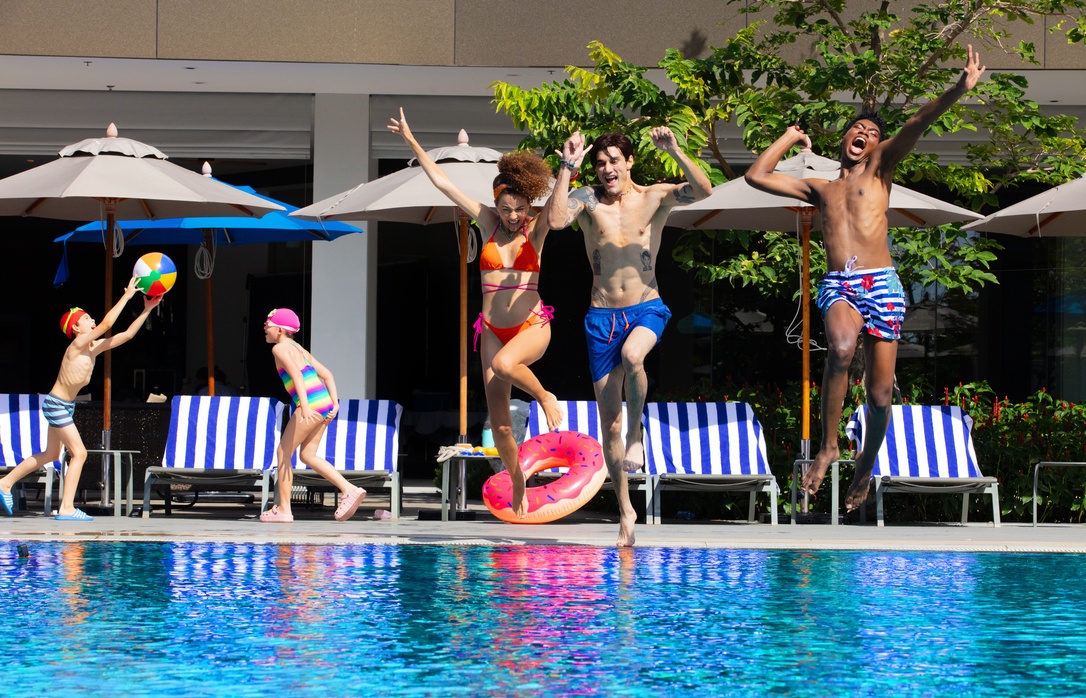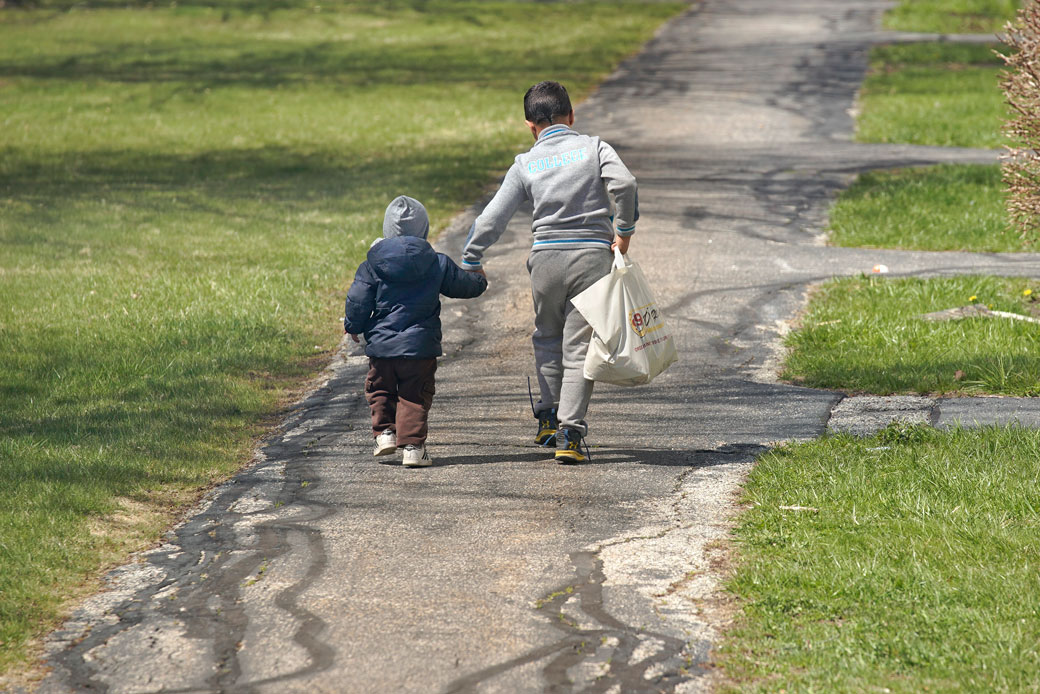
Tourism’s Contribution to Bangladesh’s Economy
The tourism sector in Bangladesh makes a significant contribution to the country’s gross domestic product (GDP) and employment. According to the Bangladesh Bureau of Statistics (BBS), tourism’s contribution to the GDP is estimated at 3.02 per cent, equivalent to Tk 76,690.7 crore in local currency. Additionally, the sector accounts for 8.07 per cent of total employment.
Introduction
The BBS’s Tourism Satellite Account 2020 provides an economic measurement of tourism in Bangladesh. The report integrates data about the supply and use of tourism-related goods and services. It follows international standards and methodological recommendations of the United Nations agency World Tourism Organisation.
Domestic Tourism
Domestic tourism plays a significant role in Bangladesh. Domestic tourists spent an estimated Tk 74,959.2 crore. Around 44.30 per cent of households reported taking at least one same-day trip, with an average of 2.72 participants. Moreover, 64.14 per cent reported at least one overnight trip, with an average of 2.56 participants and an average duration of 3.46 nights.
- The highest percentage of same-day visitors (41.26 per cent) went to visit friends and relatives.
- Another 20.78 per cent sought health and medical services, while 16.69 per cent went shopping.
- For overnight visitors, the majority (76.70 per cent) also visited friends and relatives.
- Around 10.36 per cent sought health and medical services, and 4.32 per cent went for a holiday, leisure, or recreation.
Most same-day trips (96.60 per cent) and overnight trips (97.13 per cent) were not under any package. Buses were the primary mode of transport for overnight visitors (52.05 per cent), followed by rented transport (14.48 per cent), and air transport (0.28 per cent).
December had the highest number of same-day trips (10.68 per cent), followed by August (10.01 per cent) and February (9.85 per cent). For overnight trips, the closing month of the year had the highest percentage (12.60 per cent), followed by June (10.30 per cent) and January (9.27 per cent).
Same-day trips accounted for Tk 13,458.3 crore in expenditure, with the highest percentage (44.76 per cent) spent on shopping. Overnight trips had an expenditure of Tk 61,501 crore, with the highest percentage spent on transport (36.02 per cent), followed by shopping (17.82 per cent) and health and medical services (15.76 per cent).
Outbound Tourism
In fiscal year 2018-19, an estimated 29.21 lakh Bangladeshi residents went on visits abroad. Each outbound trip comprised an average of 1.87 participants, with an average duration of 5.76 nights.
- The majority of outbound trips (60.41 per cent) were to India, followed by Saudi Arabia (8.12 per cent) and Malaysia (4.57 per cent).
- 45.11 per cent of outbound tourists went to visit relatives and friends, 15.76 per cent for health and medical purposes, and 12.77 per cent for holidays, leisure, and recreation.
- Dhaka division generated the highest percentage of outbound visitors (25 per cent), followed by Khulna (19.84 per cent) and Sylhet (17.66 per cent). Mymensingh generated the least (0.54 per cent).
The expenditure for outbound tourism was Tk 33,686.8 crore, with Tk 7,494.3 crore (22.25 per cent) being pre-trip expenditure (domestic expenditure for outbound trips). Outbound visitors spent the most on health and medical purposes (29.49 per cent), followed by transport (25.28 per cent) and shopping (22.94 per cent).
Inbound Tourism
In 2018-19, approximately 16.4 lakh tourists visited Bangladesh, with 80.28 per cent being non-resident Bangladeshis and the rest foreigners. The majority (72 per cent) preferred air travel.
- The highest expenditure (23.78 per cent) was on food and beverage serving services, followed by accommodation services (18.39 per cent) and road passenger transport services (17.4 per cent).
Inbound tourists spent Tk 23,780.3 crore, with the majority (82.38 per cent) being spent by non-resident Bangladeshis.
SDGs, Targets, and Indicators in the Article
1. Which SDGs are addressed or connected to the issues highlighted in the article?
- SDG 8: Decent Work and Economic Growth
- SDG 12: Responsible Consumption and Production
- SDG 17: Partnerships for the Goals
2. What specific targets under those SDGs can be identified based on the article’s content?
- SDG 8.9: By 2030, devise and implement policies to promote sustainable tourism that creates jobs and promotes local culture and products.
- SDG 12.8: By 2030, ensure that people everywhere have the relevant information and awareness for sustainable development and lifestyles in harmony with nature.
- SDG 17.17: Encourage and promote effective public, public-private, and civil society partnerships, building on the experience and resourcing strategies of partnerships.
3. Are there any indicators mentioned or implied in the article that can be used to measure progress towards the identified targets?
- Indicator for SDG 8.9: Percentage of GDP generated by tourism, employment in the tourism sector.
- Indicator for SDG 12.8: Expenditure on health and medical services, transport, and shopping related to tourism.
- Indicator for SDG 17.17: Collaboration between the Bangladesh Bureau of Statistics (BBS) and the United Nations agency World Tourism Organisation in preparing the report.
Table: SDGs, Targets, and Indicators
| SDGs | Targets | Indicators |
|---|---|---|
| SDG 8: Decent Work and Economic Growth | 8.9: By 2030, devise and implement policies to promote sustainable tourism that creates jobs and promotes local culture and products. | – Percentage of GDP generated by tourism – Employment in the tourism sector |
| SDG 12: Responsible Consumption and Production | 12.8: By 2030, ensure that people everywhere have the relevant information and awareness for sustainable development and lifestyles in harmony with nature. | – Expenditure on health and medical services related to tourism – Expenditure on transport related to tourism – Expenditure on shopping related to tourism |
| SDG 17: Partnerships for the Goals | 17.17: Encourage and promote effective public, public-private, and civil society partnerships, building on the experience and resourcing strategies of partnerships. | – Collaboration between the BBS and the United Nations agency World Tourism Organisation in preparing the report |
Copyright: Dive into this article, curated with care by SDG Investors Inc. Our advanced AI technology searches through vast amounts of data to spotlight how we are all moving forward with the Sustainable Development Goals. While we own the rights to this content, we invite you to share it to help spread knowledge and spark action on the SDGs.
Fuente: thedailystar.net

Join us, as fellow seekers of change, on a transformative journey at https://sdgtalks.ai/welcome, where you can become a member and actively contribute to shaping a brighter future.






